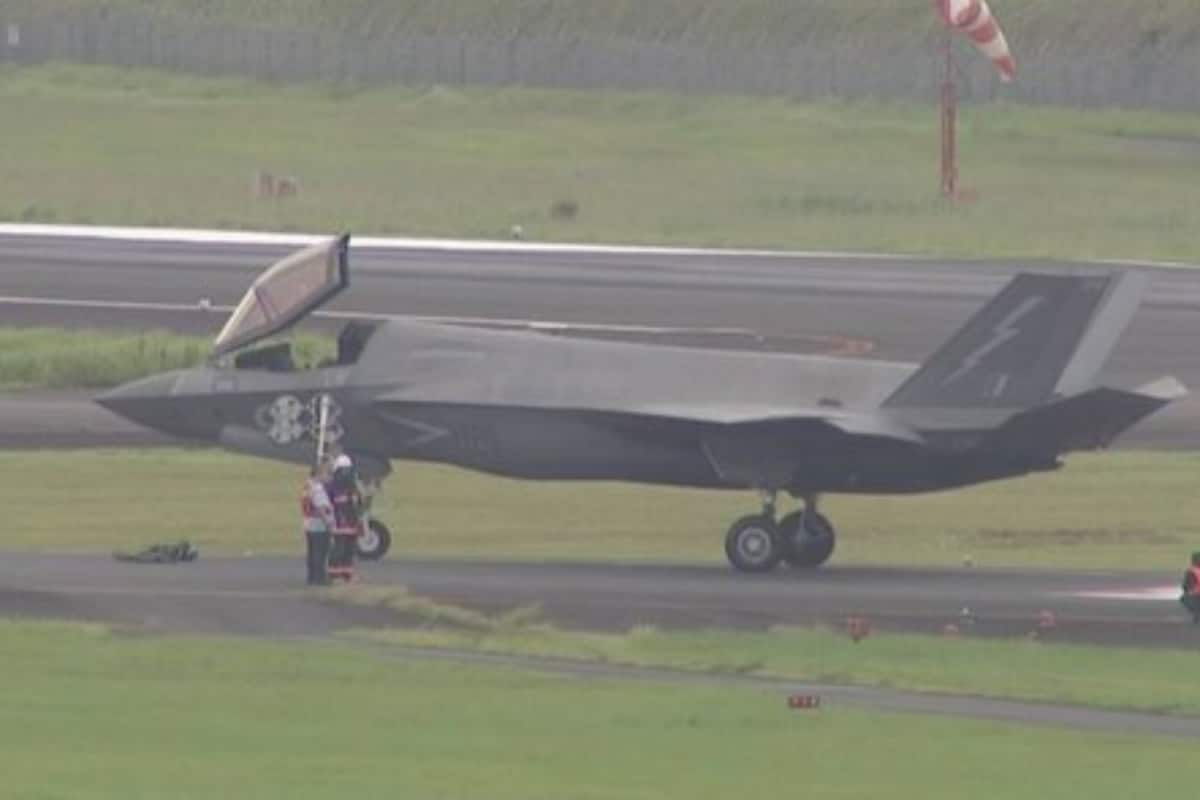

A British F-35B Lightning fighter jet, operating from the HMS Prince of Wales aircraft carrier, made an emergency landing at Kagoshima Airport in southwestern Japan on Sunday, August 10, 2025. The incident, attributed to a technical malfunction, caused a temporary 20-minute runway closure and minor disruptions to commercial flights. No injuries were reported, and the aircraft was moved to a taxiway for inspection.
This emergency landing marks the second instance in recent months of a British F-35B encountering technical issues during deployment. On June 14, 2025, another F-35B from the same carrier was diverted to Thiruvananthapuram Airport in Kerala, India, due to a hydraulic system failure. The aircraft remained grounded in India for over five weeks while awaiting repairs, becoming a subject of public attention and even inspiring memes.
The HMS Prince of Wales has been engaged in a "major deployment" since April 2025, visiting countries across the Mediterranean, Middle East, Southeast Asia, Japan, and Australia. The deployment includes participation in joint exercises aimed at demonstrating the UK's ability to operate fast jets at sea. The recent exercises involve the Japan Maritime Self-Defense Force and US forces. Notably, prior to the emergency landing, British jets from the carrier strike group made history by landing on a Japanese naval vessel, the JS Kaga, for the first time. This joint exercise with the U.S. and Japan showcased the interoperability of the F-35B platform.
The repeated incidents involving the UK's F-35B fleet have drawn scrutiny from various sources. Some observers point to the complexity of the F-35B's systems and the demanding maintenance requirements, potentially posing challenges for UK personnel during long deployments. Chinese state media, for example, suggested the incidents highlight the difficulties the UK faces in managing such advanced aircraft far from home. Russia's Sputnik India account on X sarcastically commented on the frequency of emergency landings.
Despite these incidents, the F-35 program has nearly delivered 1,100 aircraft to multiple operators, including the United States, NATO allies, and partner nations. Advocates for the F-35 emphasize its advanced capabilities and overall safety record compared to previous generations of fighter jets. Some analysis indicates that the F-35 has a lower crash rate per flying hour than older aircraft like the F-16. The F-35 also boasts a high kill ratio in aerial wargames.
However, a report released last year by the US Director of Operational Test and Evaluation stated that the F-35 Lockheed Martin fighter jets faced ongoing challenges with reliability, maintainability, and availability, with aircraft being ready for missions just 51% of the time, falling short of the targeted 65% goal.
The F-35 has recorded a number of crashes and incidents since its introduction. As of January 2025, there have been 15 recorded crashes in the program's history. These incidents have been attributed to various causes, including engine fires, faulty fuel tubes, pilot error, and mid-air collisions.
The emergency landing in Japan is expected to be resolved more quickly than the previous incident in India, due to the proximity of repair crews, equipment, and spare parts. Japan also operates its own F-35Bs, which could provide additional support. The UK's HMS Prince of Wales Carrier Strike Group is expected to remain in the region for the near future.